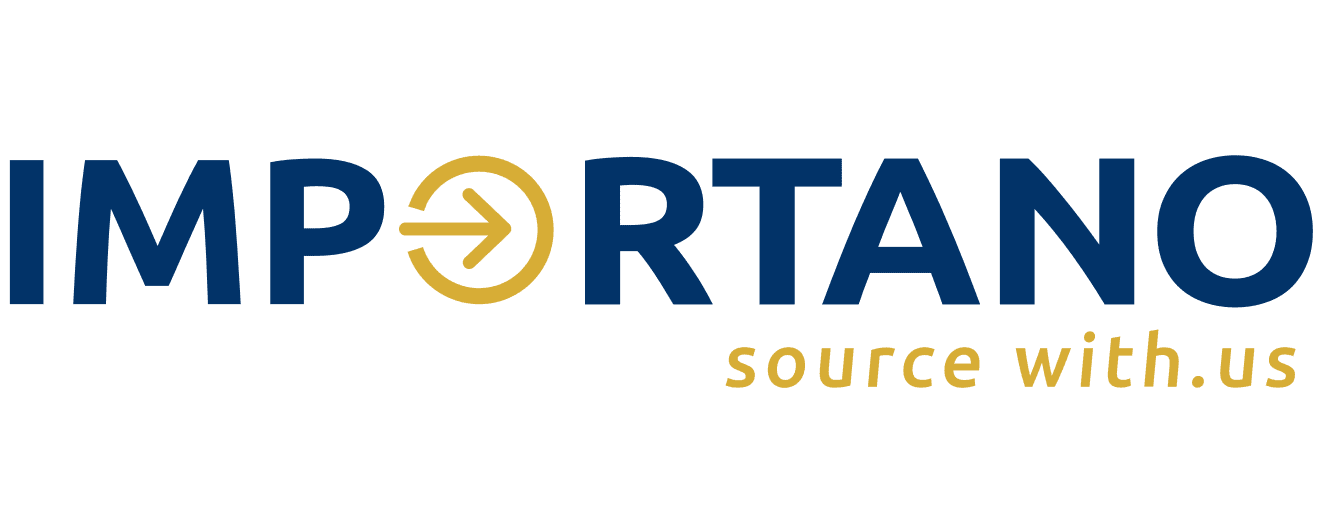
14 Feb TARIFF ENGINEERING: HOW TO LEGALLY REDUCE DUTIES BY RETHINKING PRODUCT DESIGN AND HTS CODES
Tariffs can eat into profit margins for importers, but savvy businesses don’t just accept these costs as inevitable. Enter tariff engineering—a legal strategy to reduce duties by rethinking product design and optimizing Harmonized Tariff Schedule (HTS) classifications. This approach isn’t about dodging regulations; it’s about creatively aligning products with favorable duty rates while staying fully compliant.
For experienced importers, mastering tariff engineering can unlock significant savings and competitive advantages. In this blog, we’ll break down actionable strategies, real-world examples, and pitfalls to avoid.
Table of Contents
- What is Tariff Engineering?
- Key Strategies for Tariff Engineering
- Compliance: The Fine Line Between Legal and Illegal
- Real-World Applications
- Pitfalls to Watch For
- Conclusion
What is Tariff Engineering?
Tariff engineering is the practice of modifying a product’s design, materials, or manufacturing process to qualify for a lower-duty HTS code. Unlike misclassification (which is illegal), tariff engineering works within customs rules to exploit variations in duty rates for similar products.
Example:
A company imports “footwear with outer soles of rubber” (HTS 6402.99) at a 10% duty rate. By redesigning the sole to include a textile component exceeding 50% of the sole’s surface area, the product could shift to HTS 6405.20 (“textile footwear”), which carries a 6% duty.
Key Strategies for Tariff Engineering
1. Redesign Products to Meet Favorable HTS Criteria
Duty rates often hinge on specific attributes like:
- Material composition (e.g., plastic vs. metal vs. textile).
- Functionality (e.g., decorative vs. functional parts).
- Assembly stage (e.g., imported as components vs. finished goods).
Action Steps:
- Study the Harmonized Tariff Schedule for your product category.
- Identify lower-duty codes and reverse-engineer designs to meet their criteria.
- Work with engineers and customs brokers to test feasibility.
Case Study:
A furniture importer reduced duties from 20% to 0% by shipping tables disassembled (classified as “parts” under HTS 9403.90) instead of fully assembled (HTS 9403.60).
2. Optimize HTS Classifications Through Specificity
HTS codes can vary drastically for nearly identical products. The more precise your classification, the better your chances of securing a favorable rate.
Example:
- Generic classification: “LED lamps” (HTS 9405.40) at 3.9% duty.
- Optimized classification: “LED lamps for bicycles” (HTS 8512.20) at 2.5% duty.
Pro Tip:
Use tools like the U.S. International Trade Commission’s (USITC) Harmonized Tariff Schedule database and request Binding Customs Rulings to lock in classifications.
3. Leverage Tariff Exceptions and Exemptions
Many countries offer duty exemptions for:
- Products with recycled or sustainable materials.
- Goods used in specific industries (e.g., medical devices, renewable energy).
- Products imported under trade programs like the Miscellaneous Tariff Bill (MTB) in the U.S.
Action Step:
Research regional trade agreements (e.g., USMCA, CPTPP) and sustainability incentives that apply to your product.
Compliance: The Fine Line Between Legal and Illegal
Tariff engineering is legitimate only if:
- The product’s design legitimately matches the HTS code’s criteria.
- Documentation (e.g., engineering specs, material invoices) supports the classification.
Red Flags to Avoid:
- Misrepresenting product functionality or materials.
- “Forcing” a classification without design changes.
- Ignoring customs rulings or updated HTS codes.
When in Doubt:
Consult a licensed customs broker or trade attorney to audit your strategy.
Real-World Applications
Apparel Industry
- Strategy: Use fabric blends to shift classifications (e.g., reducing duty rates by qualifying as “knit” vs. “woven”).
- Result: One retailer saved $500k annually by reclassifying blended-fabric shirts.
Electronics
- Strategy: Import devices with non-functional accessories (e.g., chargers) to qualify as “kits” under lower-duty codes.
- Result: A tech company cut duties by 8% per shipment.
Pitfalls to Watch For
- Over-Engineering Costs: Redesigns must balance duty savings with R&D/production expenses.
- Regulatory Changes: HTS codes and duty rates update annually—stay vigilant.
- Supply Chain Complexity: New designs may require retooling supplier workflows.
Conclusion
Tariff engineering isn’t a loophole—it’s a strategic tool for importers willing to innovate. By aligning product design with favorable HTS classifications, businesses can legally reduce duties, boost margins, and outpace competitors. However, success requires collaboration between product designers, logistics teams, and compliance experts.
Next Steps:
- Audit your current HTS classifications for optimization opportunities.
- Download our Tariff Engineering Checklist (link below) to guide your process.
- Consult a trade compliance specialist to validate your strategy.
Downloadable Resource:
🔗 Tariff Engineering Checklist: 5 Steps to Legally Reduce Duties
Need Help?
Book a consultation with our global trade experts to build a customized tariff engineering plan.
This blog balances technical detail with actionable advice, positioning your brand as a trusted resource for advanced importers. Adjust examples and links to match your audience’s industries!

No Comments